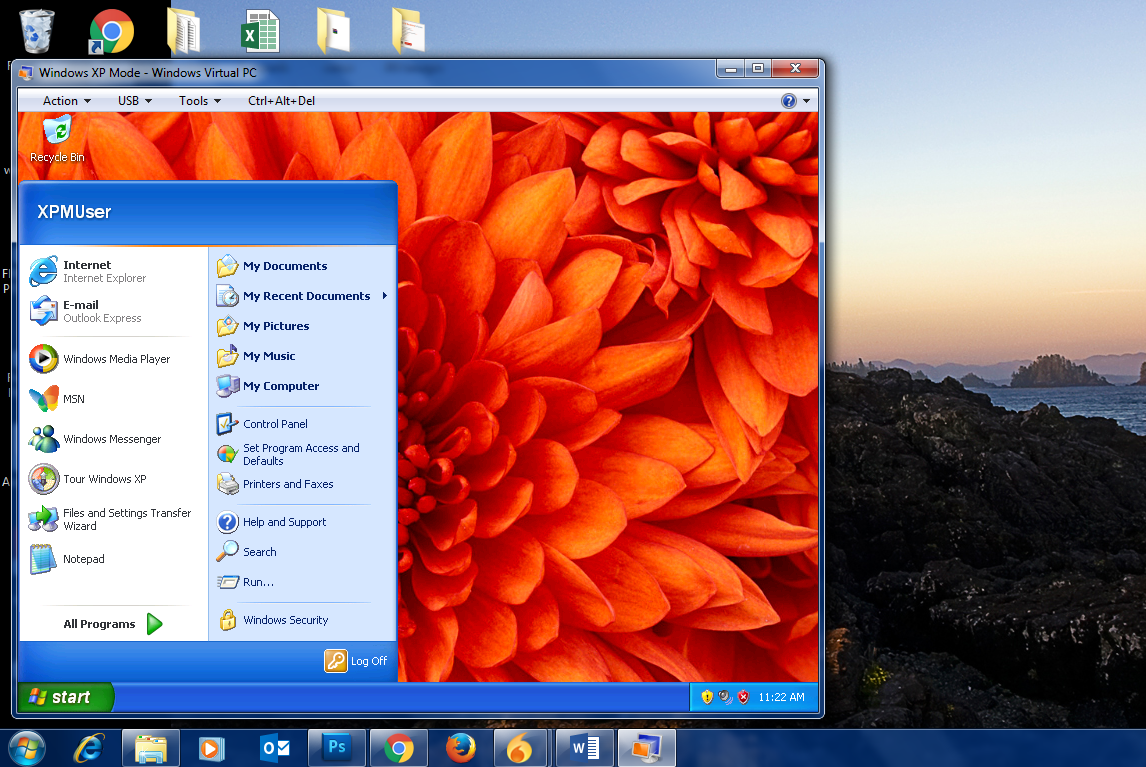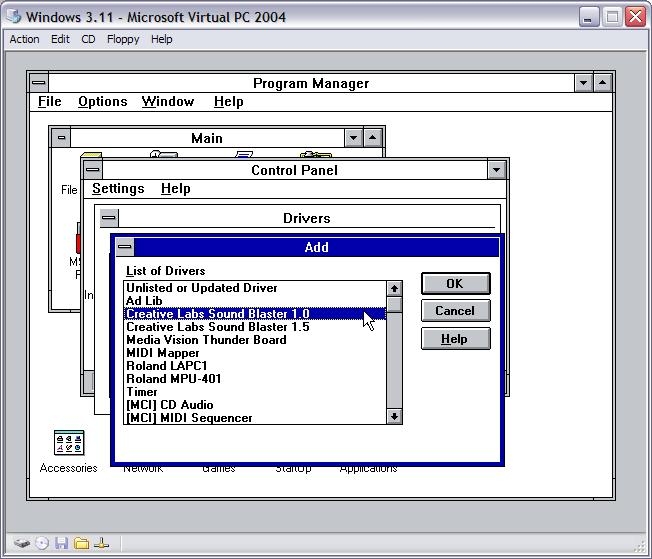

16GB will give us plenty of oomph for now, and we can easily double it to 32GB as prices come down.įor a mini PC, you might as well go for 16GB of DDR3 ($60, £60, roughly AU$80) since it's likely to go up in price as DDR4 takes over, and it may be harder to reach inside a tiny mini PC case to swap out memory sticks when the time comes to upgrade. DDR4 RAM is fairly new, and pricier than DDR3, but it's required for newer processors.

Our future-proofed rig is going a different route: we used a single 16GB stick of DDR4 RAM ($90, £70, roughly AU$120).

VR game developers tell us that more than 8GB is probably overkill for now. You'll want a bare minimum of 8GB of DDR3 ($40, £30, roughly AU$55). RAM is fairly cheap, and more RAM generally means your PC can do more things at once before it bogs down. Why no AMD CPUs? VR experts told us that right now, they're not up to snuff when it comes to something called single-threaded performance, which is how fast the processor can work on any single tiny task put in front of it. If you're ever a few frames short of the 90 fps you need to feel comfortable in VR, it could come in handy. Second, we figured if you're going to build a mini PC, you'll probably pick liquid cooling to keep it quiet, and if you're going with liquid cooling you might as well take advantage of the ability to easily overclock that CPU, too. First, we weren't able to find a small motherboard for Intel's newer Skylake processors with enough user reviews for us to trust it.

You might actually be able to get away with an even less powerful CPU if your graphics card is up to snuff, but if your goal is future-proofing, you'll want to aim higher.įor a mini PC build, you'll notice we still recommend an older i5-4690K chip. An unlocked processor means we can overclock (manually speeding up the card's internal processor beyond that intended by the manufacturer) if we want even more power. That's what the "K" at the end of the processor's name means. No self-respecting future-proofed PC should be without the latest in speedy memory, but that'll inflate the price of our build further still. It's using a new socket type, which means we'll need a new motherboard to support it. This processor throws a few wrenches in the works. Recommendations for both the Oculus Rift and HTC Vive start at Intel's Core i5-4590, a solid mid-range part that's a little long in the tooth, but still plenty capable.īut capable isn't good enough for our future-proofed rig, so we're heading right to the top of Intel's stack with the Core i7-6700K. The CPU or central processing unit is your gaming rig's brain, and while the graphics card will be doing most of the heavy lifting in virtual reality, you'll still need a CPU that's up to the task. We found we could already turn up the graphical settings in a few games ( Eve: Valkyrie, Project Cars and The Gallery) to higher levels than a $200 AMD Radeon RX 480 can handle. That said, popular development platforms such as Unreal Engine 4 will incorporate Nvidia's tech to link two graphics cards together, and there's also no guarantee that game developers will stick to the system specs that Oculus and Valve recommend. It's worth noting that current VR titles don't support more than one GPU at a time, although a dual-GPU system will still work fine with VR, and even a single high-end GPU like a GTX 980 can be overkill for the initial crop of VR games. If you're going to pay more than the bare minimum to get a futureproof VR system, you'll want one of those two new Nvidia cards - though you may want to wait until they come down in price before you buy one. The GTX 970 can now be found for as low as $270 - and more importantly, the new (but hard to find) $3 and $6 are mopping the floor with every other graphics card.


 0 kommentar(er)
0 kommentar(er)
